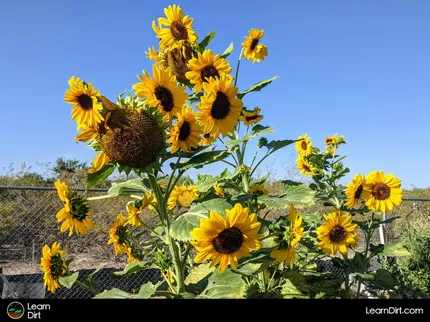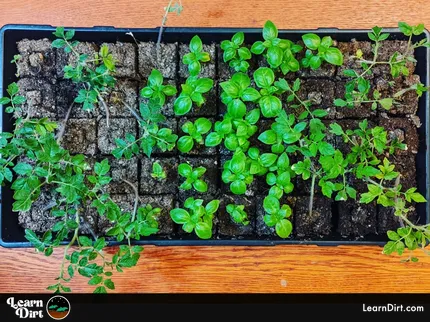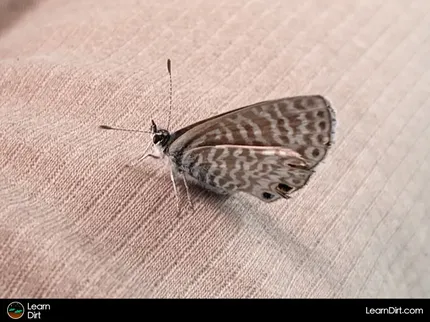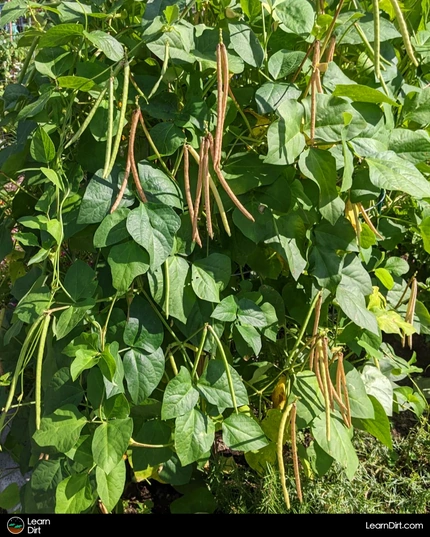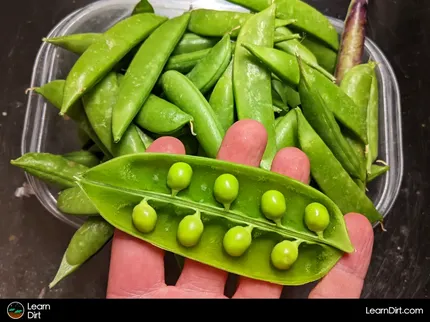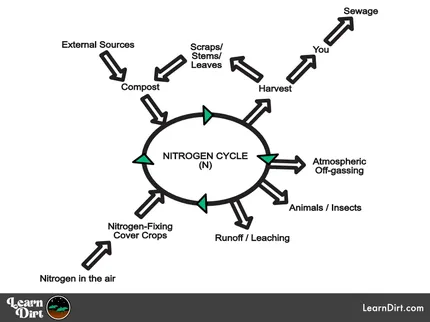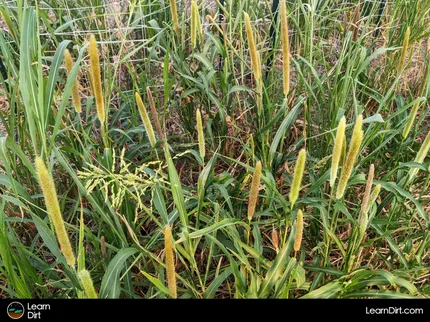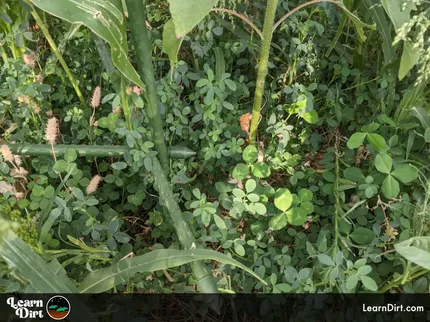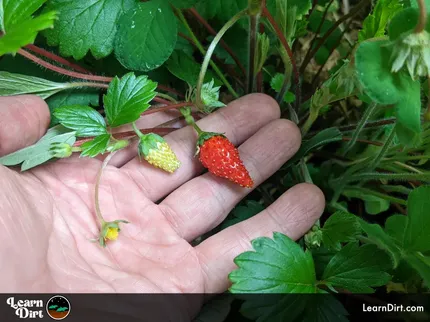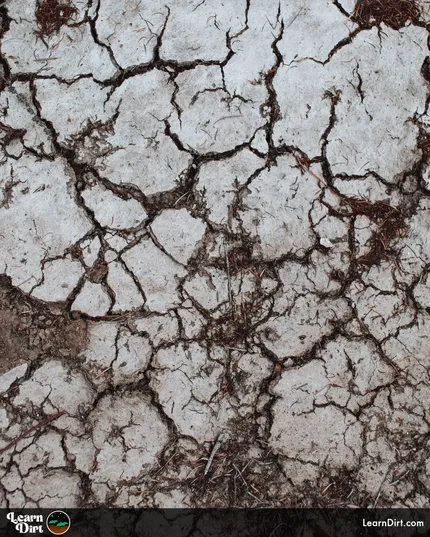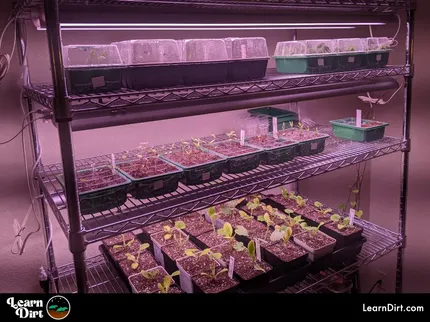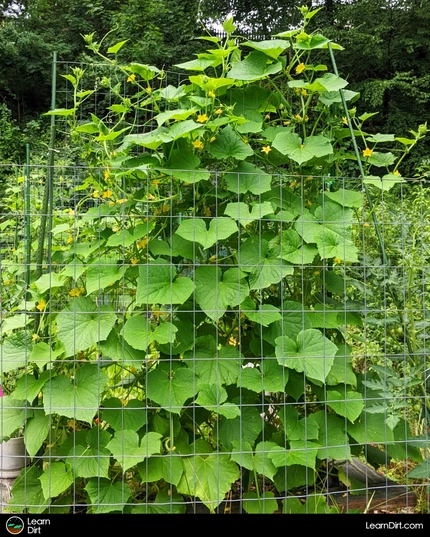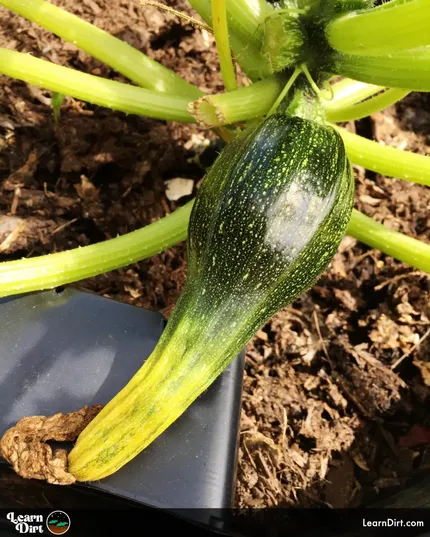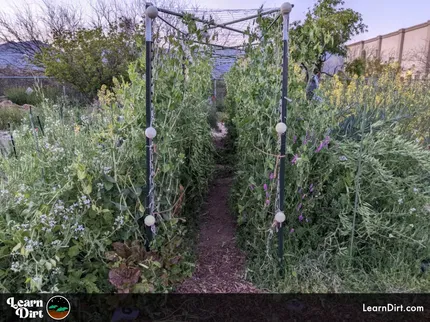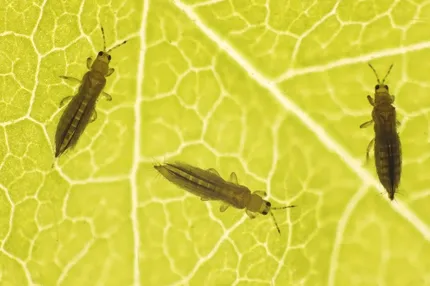The only thing better than cover crops are cover crops you can also eat!
This versatility means you can grow covers, harvest from them if you choose to, and still reap all the benefits of soil improvement and increased biomass for chop + drop at the end of their lifcycles.
List of Edible Cover Crops
Amaranth
Amaranth is not a traditional cover crop, but I find a lot of value in growing it as a cover, personally.
Disclaimer: This post may contain affiliate links. Refer to the privacy policy for more information.
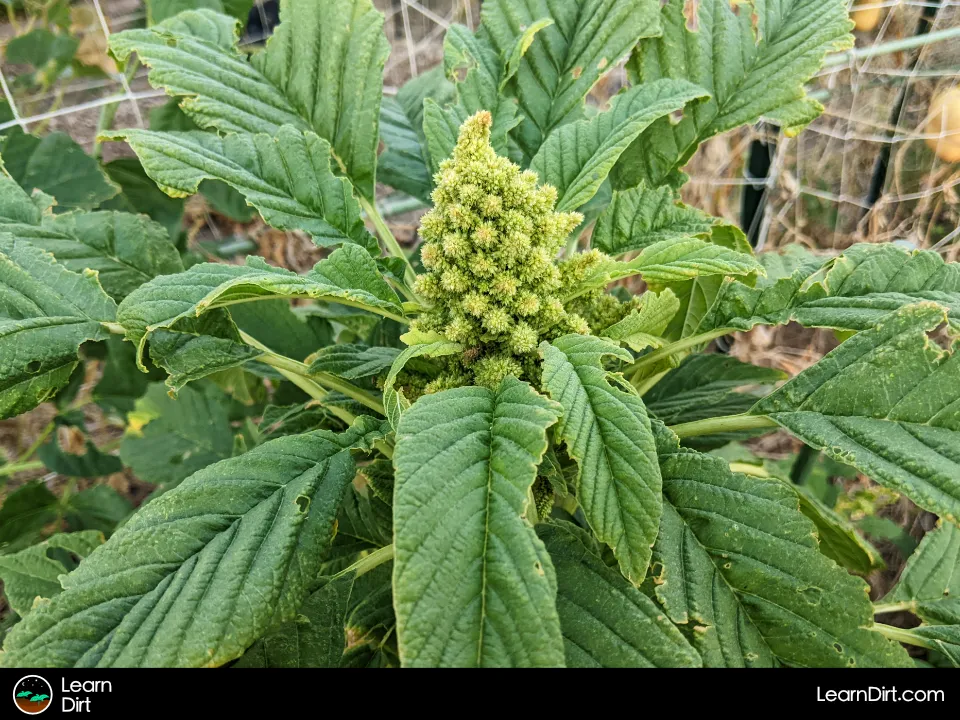
Some of the reasons I choose to use it as a cover crop include:
- Fast-growing biomass
- Inexpensive seed
- Break up compaction
- Nutrient-scavenging
- Heat-tolerant
- Drought-tolerant
- Pollen production
- Tall source of shade
I grow a ton of amaranth during the hot, dry season here in the Sonoran Desert, when other plants struggle with the brutal summer conditions.
You can buy pounds of amaranth from the store for eating, and toss it around the garden. Because it's a pseudocereal, the portion sold as feed is viable seed for planting.
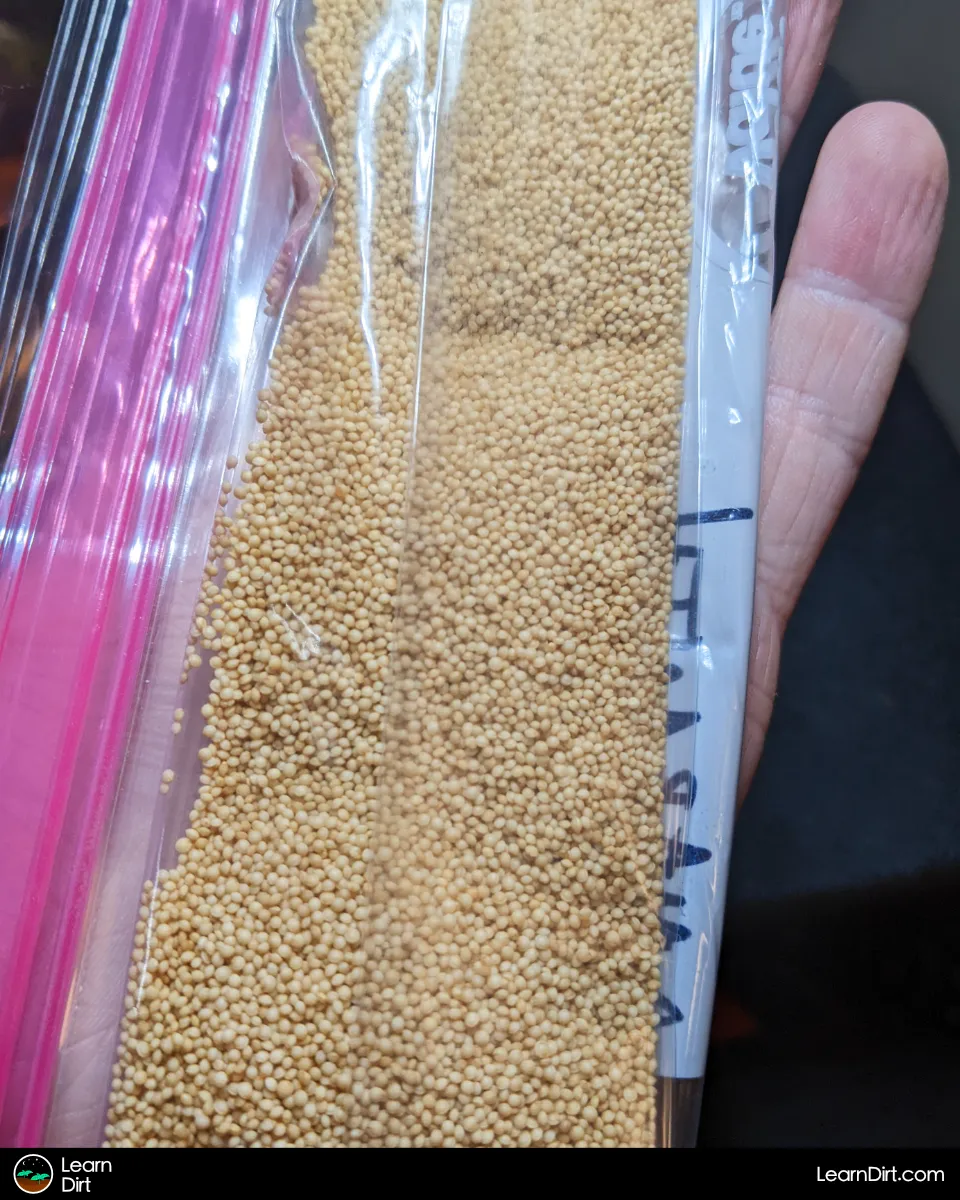
(You may want to opt for organic amaranth, as a variety of synthetic foods are sprayed with a sprouting-inhibitor - though I'm not sure if this is the case with amaranth specifically)
Because the seeds are so small, just one pound of the stuff will yield hundreds of thousands of viable seeds. I always have amaranth on hand for eating, so it's easy to toss some around the garden and up up with a ton of biomass.
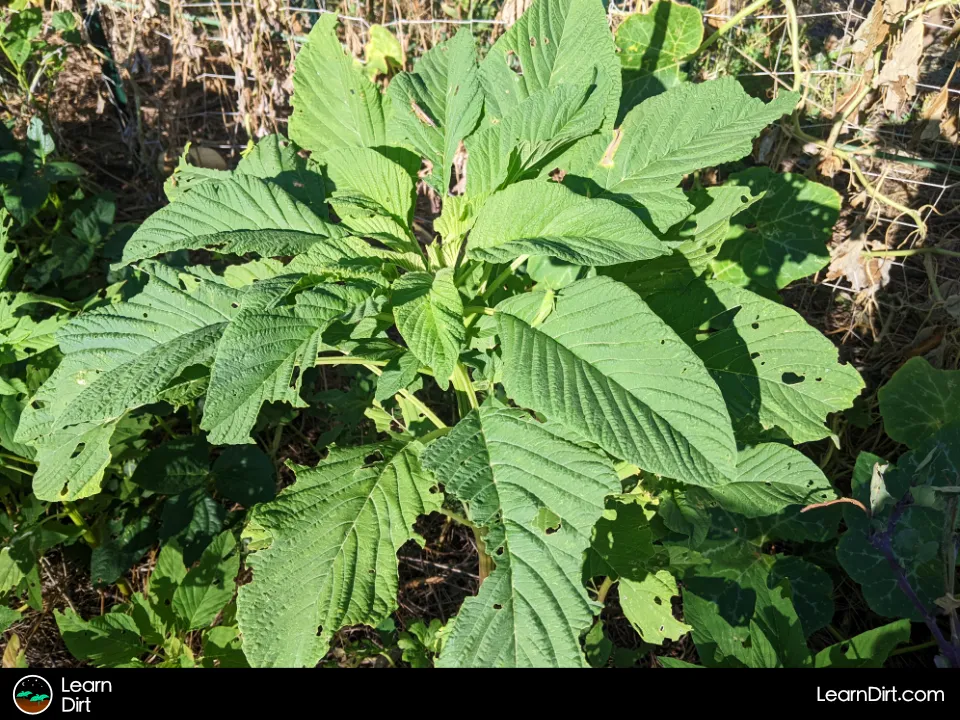
The leaves are also edible, and are a great source of nutrition during the hot season when very few other edible leaves will grow in the desert.
Join The Grower's Community
Looking for a place to meet growers,
ask questions, share knowledge, be heard,
and feel like you belong? 🌱
Check It Out!
Barley
Buckwheat
Buckwheat is a common summer cover crop known for quick growth, short cycles, nutrient-scavenging, weed suppression, and as an absolute magnet for pollinators.
The seeds on buckwheat are also edible, and are a complete protein with all 9 essential amino acids.
You can cook buckwheat groats whole (kasha) on the stovetop as a cereal, either toasted or untoasted.
It makes a great addition to granola, with its high protein and nutty crunch.
My personal favorite is to use buckwheat as a flower which I put in breads and muffins for higher protein, and deeper flavor. If you've got a grain mill you can easily process the seeds into fresh flour for your baked goods.
This stuff is packed with iron, magnesium, and copper, and is a great healty addition to your diet. Just remember that the flavor can be STRONG, which is why I only use it in small amounts.
Chickpea
Chickpeas are not super popular as cover crops, but I find they can create a lot of biomass while fixing nitrogen and yielding edible beans for your hummus.

If you're interested in growing chickpeas as cover, check out our article on growing them from store-bought dried beans.
Cowpea

Daikon
Fava Bean
Fenugreek
Garden Pea
Oats
Pigeon Pea
Quinoa
Rye
Sesame
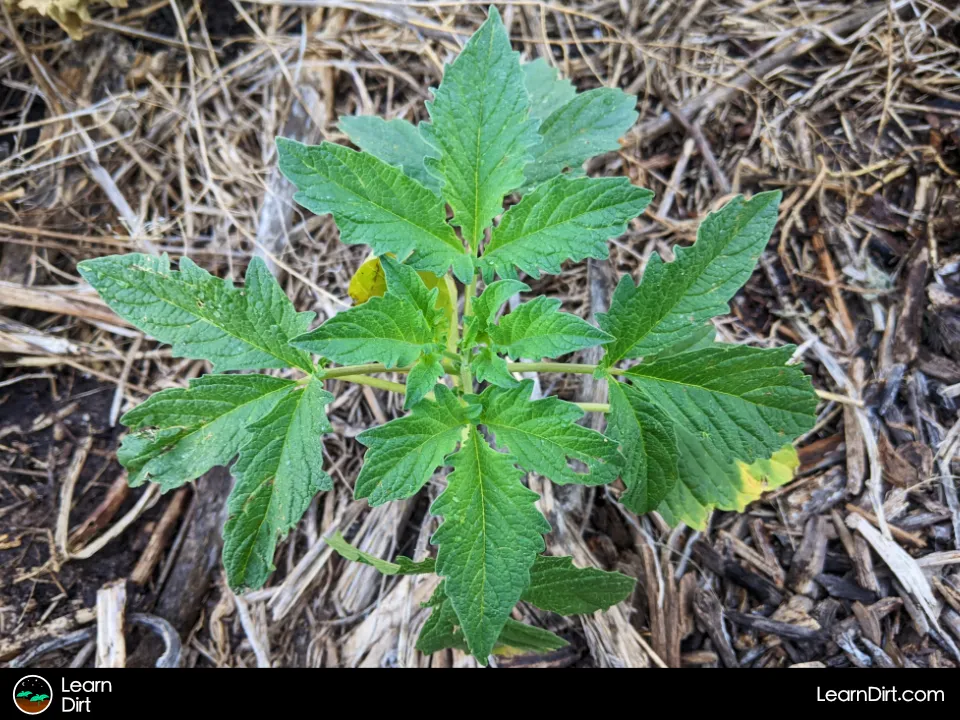
If you're curious about growing sesame, check out our guide on the specifics.
Snap Pea
Sunflower
Powerful bio-accumulators, sunflowers are often used for soil remediation for their ability to scavenge heavy metals from toxic soil.
Sunflowers are also grown to attract birds and pollinators, as well as to help break up compacted soils and produce lots of biomass for chop + drop.
Sweet Potato
Sweet potatoes are a really cool cover crop that fill a unique role:
- Vines cover and protect soil, cooling it significantly while suppressing weeds
- Sweet potatoes break up compacted soil, busting up hardpan and caliche - saving you labor and paving the way for other plants to be rotated through afterward
- Tolerate high heat and direct sunlight, making it an ideal cover during summer in hot climates
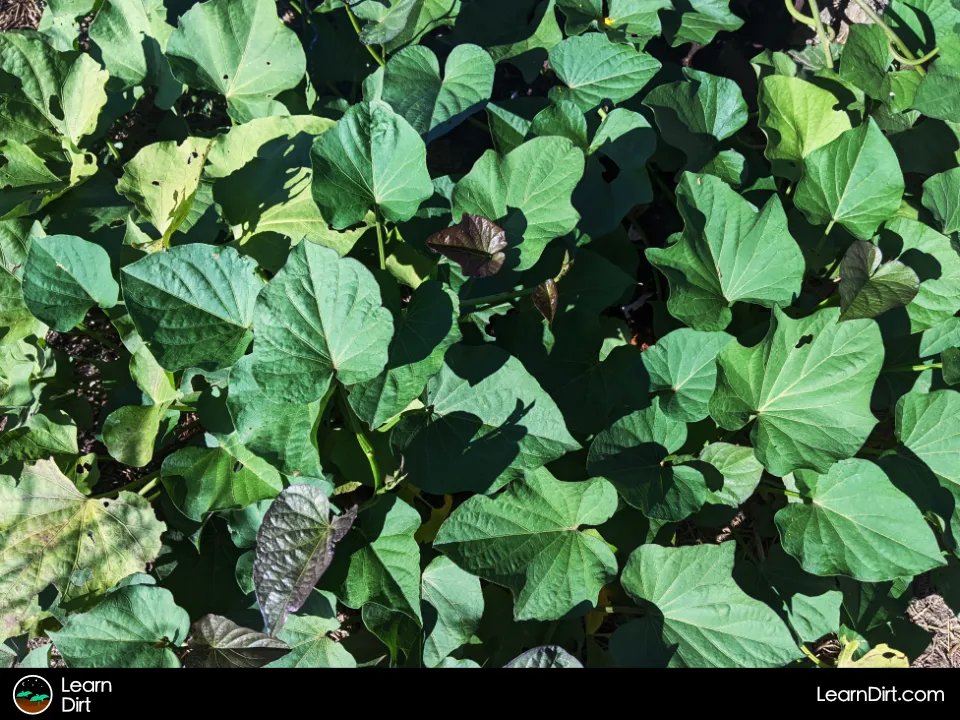
Along with their power as a versatile cover crop, they also provide you with delicious high-calorie tubers and edible leaves.
Just be sure to cook both the leaves and the tubers before enjoying.
Check out our article on starting sweet potato slips if you want to grow some yourself.
Winter Pea
Yellow Mustard
That's all for now, thanks for reading!
If you have any questions, comments, or would like to connect with fellow gardeners, head on over to the forum and post there.

